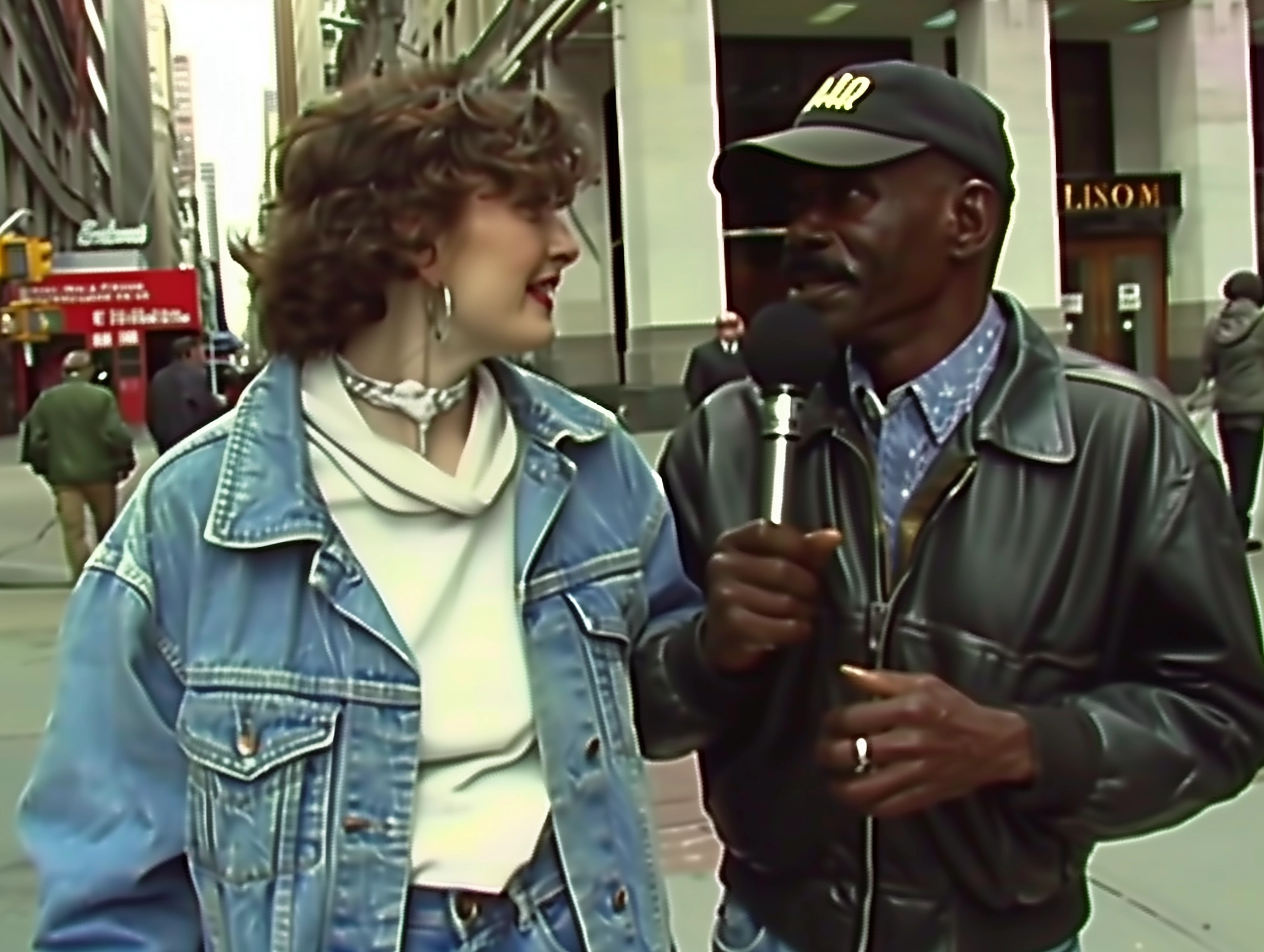A comprehensive technical workflow for creating historically plausible synthetic archival motion pictures using AI tools like Midjourney and Runway Gen-3, with meticulous attention to period-accurate artifacts and technical specifications.
“Multicultural revolution” generated with Runway Gen 3
In an era where the line between authentic and synthetic media grows increasingly blurred, the ability to create convincing historical footage has profound implications for how we understand and interpret the past. This article outlines a sophisticated pipeline for generating synthetic archival media that’s virtually indistinguishable from genuine historical footage.
The Conceptual Phase
The process begins with identifying historically significant moments that could be recontextualized through synthetic media. Working with research partners, we identify pivotal historical events where the existence of previously undiscovered footage could reshape our understanding of history. These could range from alternative perspectives on well-documented events to entirely new angles on historical controversies.
The initial concept undergoes refinement through interaction with advanced language models like GPT-4o or Claude 3.5 Sonnet, which help develop historically plausible scenarios and generate optimized prompts for the subsequent visual generation phase based on best practices documentation.

Synthetic motion picture workflow 1.0
Creating the Reference Image
The foundation of convincing synthetic archival media lies in generating historically accurate reference images through Midjourney. Key considerations include:
- Selecting historically accurate aspect ratios (4:3 for 1980s-90s footage, 5:7 or 1:1 for mid-20th century photographs)
- Utilizing appropriate technical settings (raw style, high quality, low stylization)
- Matching period-specific characteristics (Kodachrome color science for 1960s footage, analog video artifacts for television material)
The reference images undergo enhancement through Magnific, which adds crucial micro-details like skin pores and film grain while correcting any uncanny valley effects that might betray the synthetic nature of the content.
Video Generation and Refinement
The enhanced reference images serve as input for Runway’s video generation process. This stage requires careful attention to:
- Maintaining period-appropriate aspect ratios
- Customizing motion and style settings
- Iterative refinement of both prompts and outputs
The raw generated footage then undergoes a series of sophisticated post-processing steps:
- NN-EDI3 spline resize in VaporSense for organic upscaling
- RIFE interpolation for smooth motion
- Deflicker filtering to address exposure inconsistencies
- Color matrix transformation for historical accuracy
Synthetic archival generated with Runway Gen 3
Final Polish and Distribution
The final stage employs DaVinci Resolve for:
- Additional upscaling if needed
- Period-accurate color space conversion (Rec. 601 for certain video formats)
- Custom film grain overlay
- Gamma curve adjustments to match historical media characteristics
For maximum authenticity, the final product can be transferred to analog formats like Umatic or Betacam, which impart genuine analog artifacts and strip away digital fingerprints that might reveal the content’s synthetic nature.
Technical Considerations
Success in this pipeline depends on meticulous attention to technical details:
- Choosing appropriate color spaces (Rec. 709 with BT. 1886 gamma for film emulation)
- Applying period-specific video artifacts
- Using custom gamma curves to replicate celluloid characteristics
- Careful management of output formats and specifications
Synthetic archival generated with Runway Gen 3
Conclusion
This technical pipeline represents a powerful workflow for creating synthetic archival media that can seamlessly integrate with genuine historical footage. While the implications of such capabilities are profound and potentially concerning, understanding these techniques is crucial for media literacy in an age where the boundaries between authentic and synthetic content continue to blur.
The key to success lies not just in the technical execution, but in the thorough understanding of historical context, medium-specific characteristics, and the subtle imperfections that make archival footage feel authentic. By carefully managing each stage of the process and paying attention to period-specific details, it’s possible to create synthetic content that raises important questions about how we verify and trust historical media in the digital age.
Mermaid Diagram of Workflow
flowchart TD
A[Initial Concept] --> B[Research Discussion]
B --> C[LLM Refinement]
subgraph Concept Phase
C --> |Iterative Refinement| D[Optimized Prompt]
D --> |Feedback Loop| C
end
subgraph Image Generation
D --> E[Midjourney Generation]
E --> F{Image Review}
F --> |Needs Improvement| E
F --> |Approved| G[Magnifique Enhancement]
G --> H{Enhanced Image Review}
H --> |Needs Improvement| E
end
subgraph Video Generation
H --> |Approved| I[Runway Gen-3]
I --> J{Video Review}
J --> |Needs Improvement| I
J --> |Major Issues| E
end
subgraph Post Processing
J --> |Approved| K[VaporSense Processing]
K --> L[DaVinci Resolve]
L --> M{Final Review}
M --> |Needs Adjustment| L
end
subgraph Output Phase
M --> |Digital Output| N[ProRes 422 HQ]
N --> O{Format Decision}
O --> |Analog Archive| P[Tape Transfer]
O --> |Digital Archive| Q[Final Digital File]
end
%% Annotations for key processes
classDef process fill:#f9f,stroke:#333,stroke-width:2px;
classDef decision fill:#bbf,stroke:#333,stroke-width:2px;
classDef output fill:#bfb,stroke:#333,stroke-width:2px;
class E,G,I,K,L process;
class F,H,J,M,O decision;
class P,Q output;